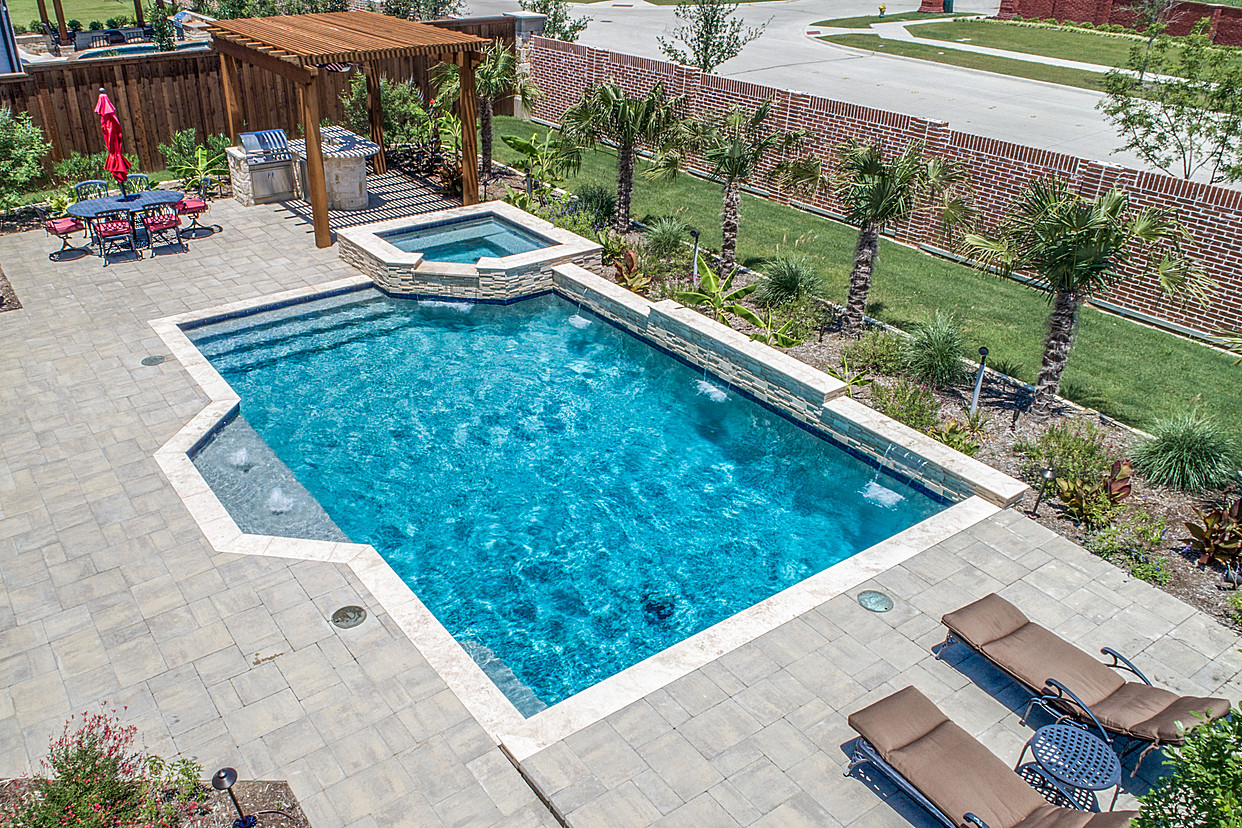Table of Contents
1. Size And Shape Of The Pool
When constructing a swimming pool, there are several factors to consider, such as size and shape. The size of the pool will largely be determined by the amount of space available. However, it is also important to think about how the pool will be used. For example, if the pool will be mainly used for swimming laps, a long and narrow shape may be more suitable. If the pool will be used for recreation and relaxation, a more leisurely shape may be preferable. The shape of the pool can also affect its cost and efficiency. For example, a rectangular pool is typically cheaper to build than a free-form pool. However, a free-form pool may offer more possibilities for design and functionality. Ultimately, the best size and shape for a swimming pool will depend on the needs and preferences of the owner.
2. Depth of the Pool
The depth of the pool will determine how deep the water will be, and this will affect how safe the pool is to swim in. If the depth of the pool is too shallow, then swimmers could easily hurt themselves if they hit the bottom of the pool. On the other hand, if the depth of the pool is too deep, then it could be dangerous for weaker swimmers who might not be able to touch the bottom. As a result, it is important to choose a depth that is safe and comfortable for all swimmers.
3. Location Of The Pool
The location of the pool will be determined by factors such as how much sun it gets, how private it is, and whether or not it is visible from the street. All of these factors can impact your enjoyment of the pool.
For example, if you want to swim in the nude, you will need to choose a location that is private and not visible from the street. If you want to get a lot of sun while you swim, you will need to choose a location that gets direct sunlight for most of the day. And if you are concerned about safety, you will want to choose a location that is close to the house. Ultimately, the best location for your pool will be determined by your specific needs and preferences.

4. Materials Used To Build The Pool
Building a pool is a major construction project that requires careful planning and a wide range of materials. The most important factor in deciding what materials to use is the climate. In areas with warm climates, concrete is the most popular choice for pool construction. Concrete is durable and long-lasting, making it ideal for pools that will be used daily. However, in colder climates, concrete can crack and leak, so fiberglass or vinyl-lined pools are preferable. Fiberglass pools are made from a mold and then coated with gelcoat, which makes them strong and resistant to damage. Vinyl-lined pools have a vinyl liner that is placed over the walls and floor of the pool. This liner is extremely durable and can last for many years. When choosing materials for your pool, it is important to consult with a professional to ensure that you are using the best possible materials for your climate and budget.
5. Accessories For The Pool
As any pool owner knows, there are a variety of accessories that can be used to enhance the experience of swimming. From floats and noodles to toys and games, there is no shortage of ways to have fun in the water. However, not all pool accessories are created equal. To get the most out of your pool, it is important to select accessories that are well-made and durable. For example, rafts and inflatable toys should be made from heavy-duty materials that can withstand repeated use. Likewise, games and activities should be designed to withstand exposure to chlorine and other chemicals. By choosing quality pool accessories, you can enjoy your swimming experience for years to come.
6. Maintenance And Upkeep
Every home needs regular maintenance and upkeep to keep it in good condition. This is especially true for older homes, which may require more frequent repairs. But even newer homes will benefit from regular maintenance, as it can help to prevent small problems from becoming larger ones. Some of the most common maintenance tasks include painting, caulking, and weatherproofing. These tasks should be done regularly, as they can help to extend the life of your home and prevent expensive repairs. In addition, regular maintenance can also improve the value of your home. So if you’re looking to sell your home in the future, it’s worth investing in some quality maintenance and upkeep now.
